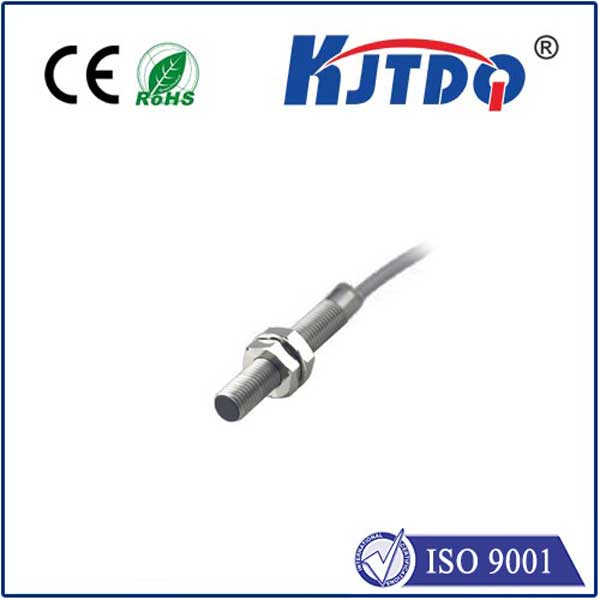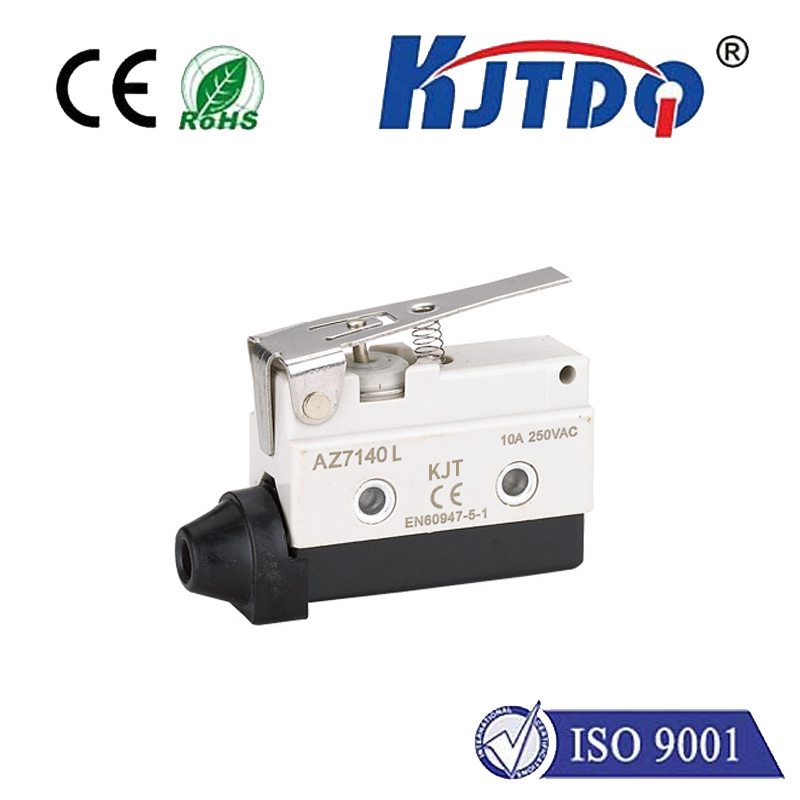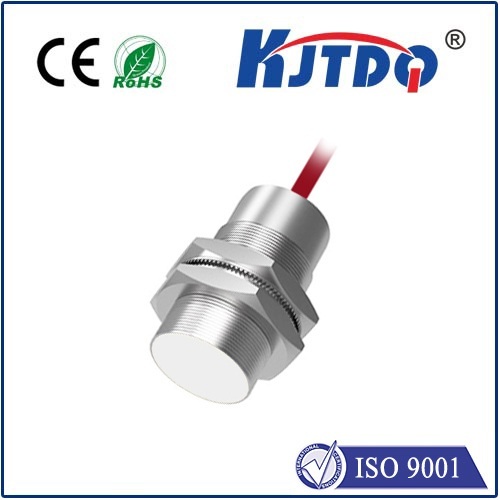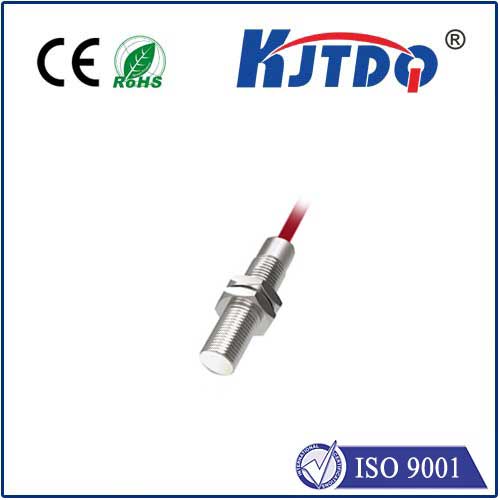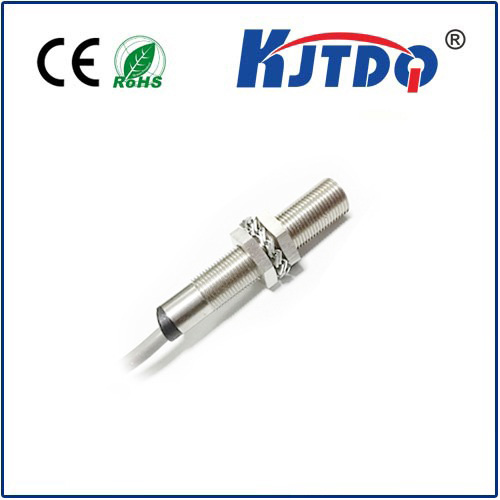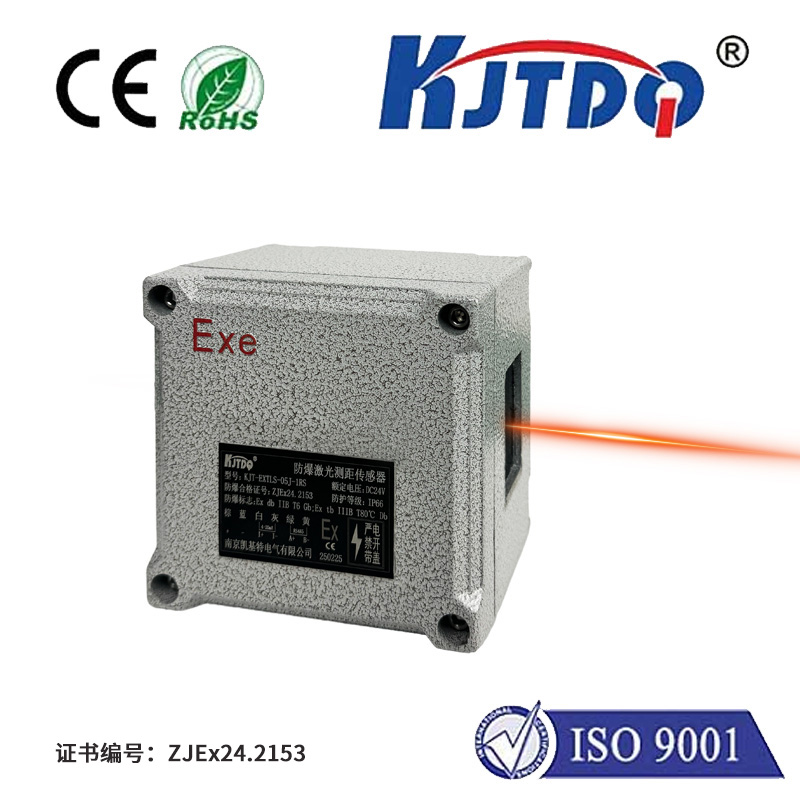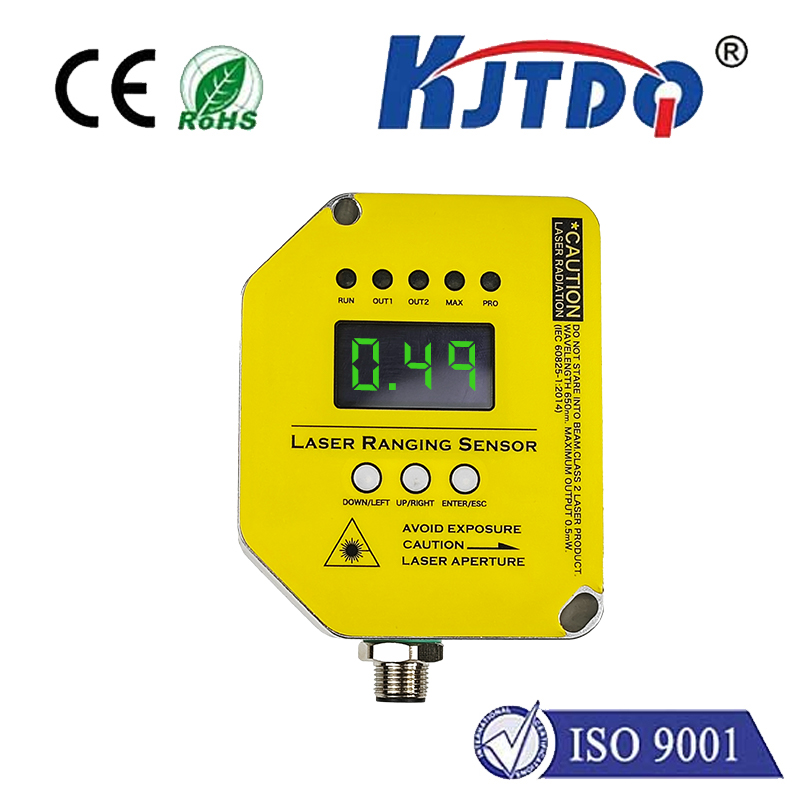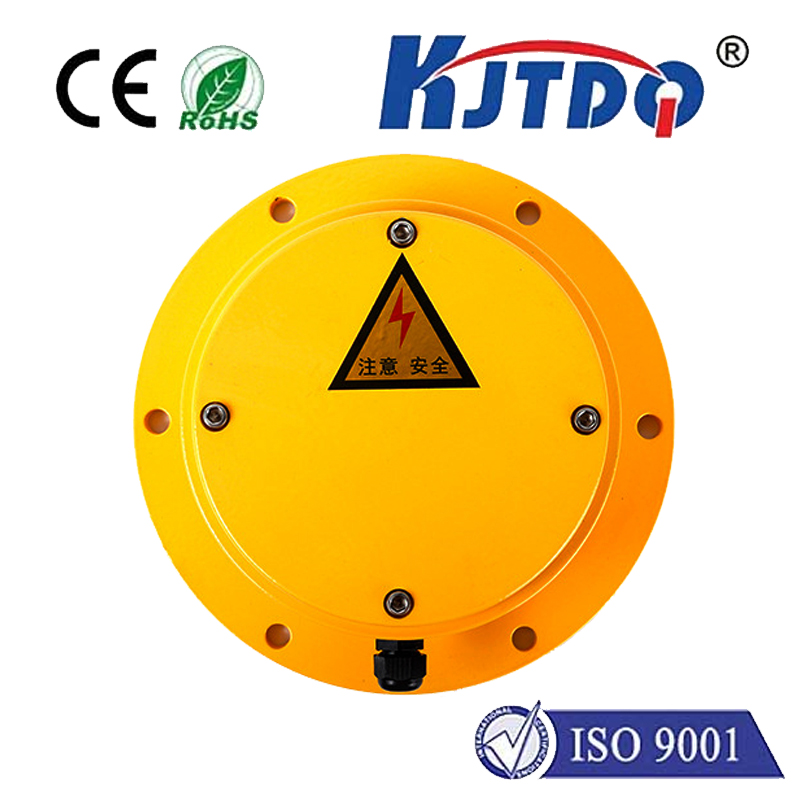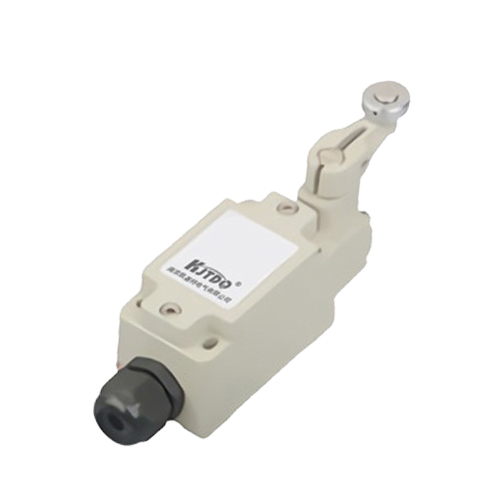m8 capacitive proximity sensor
- time:2025-07-01 15:16:40
- Click:0
M8 Capacitive Proximity Sensors: Your Ultimate Detection Solution
Imagine a high-speed bottling line suddenly stopping dead. Not because of a mechanical fault, but because a sensor failed to detect a crucial component. Frustration mounts as minutes of downtime translate directly into lost revenue. In the intricate world of automation and process control, reliable detection isn’t a luxury; it’s the absolute bedrock of efficiency. This is where the humble yet incredibly versatile M8 capacitive proximity sensor steps into the spotlight.
Far more than just a component, the M8 capacitive proximity sensor is a precision tool designed for one critical task: detecting the presence, absence, or level of a vast array of materials – often without any physical contact whatsoever. Its compact size (defined by the M8 housing, meaning 8mm diameter threads) belies its sophisticated capability. Unlike inductive sensors that detect only metals, capacitive sensors operate on a fundamentally different principle: they sense changes in an electrostatic field.
The Magic Behind Capacitive Sensing: Beyond Metal
At the heart of every M8 capacitive proximity sensor lies an oscillator circuit generating an electrostatic field emanating from the sensor’s active face. When any material enters this field, it interacts with it. Crucially, all materials possess a property called dielectric constant – essentially, how easily they can store electrical energy compared to air.
This interaction changes the capacitance of the sensor’s field. Sophisticated electronics within the M8 housing continuously monitor this capacitance. When the change exceeds a predetermined threshold (the “switching point”), the sensor triggers its output signal – typically switching a solid-state transistor (PNP or NNP) or relay. Capacitive sensing hinges on this change in an electrostatic field caused by the dielectric properties of the target material.

The M8 Capacitive Advantage: Versatility in a Compact Form
The M8 capacitive proximity sensor packs significant advantages into its standardized 8mm diameter form factor:
- Unparalleled Material Versatility: This is the defining strength. From liquids (water, oil, chemicals) and granular solids (grains, powders, pellets) to plastics, glass, wood, paper, cardboard, and even biological materials – if it has a dielectric constant different from air, an M8 capacitive sensor can likely detect it.
- Non-Contact Operation: Critical for preventing damage to delicate targets or the sensor itself, and essential for maintaining hygiene in food & beverage or pharmaceutical settings.
- Overcoming Barriers: M8 capacitive sensors can often detect targets through non-metallic container walls (like plastic or glass), enabling non-invasive liquid level control or material presence checks within tanks or tubes.
- Environmental Resilience: Designed for industrial environments, quality M8 capacitive sensors boast robust IP67 or even IP69K ingress protection ratings. This means exceptional resistance to dust, water jets, and high-pressure washdowns, making them ideal for harsh or sanitary applications.
- Compact Size, Easy Integration: The standardized M8 threaded barrel allows for straightforward mounting in tight spaces using common locknuts, simplifying installation in crowded machinery or assembly lines.
Where Does the M8 Capacitive Sensor Shine? Real-World Applications
The unique capabilities of M8 capacitive proximity sensors make them indispensable across countless sectors:
- Manufacturing & Packaging: Detecting plastic bottles, glass containers, labels, cardboard boxes, blister packs, ensuring correct component assembly, verifying product presence on conveyors, detecting missing caps or lids.
- Food & Beverage Processing: Monitoring liquid levels in tanks (juice, milk, water), detecting fill levels in bottles/cans, verifying the presence of food products (chocolate bars, bags of chips) on lines, ensuring packaging film feed.
- Chemical & Pharmaceutical: Reliable level sensing of aggressive liquids or powders in non-metallic vessels (HDPE, PVC, glass), detecting vial presence, verifying cap placement on containers.
- Material Handling: Detecting jams in chutes filled with plastic pellets, wood chips, or grain, monitoring bin levels for non-metallic materials, verifying the presence of cardboard boxes on palletizers.
- Automotive: Detecting plastic trim components, fluid levels in reservoirs (washer fluid, coolant – often in plastic tanks), verifying non-metallic gasket placement.
- Medical Devices: Ensuring presence of plastic components, monitoring fluid levels in disposables, detecting bio-materials within non-metallic containers (where applicable).
Choosing the Right Tool: Capacitive vs. Inductive
It’s vital to understand where M8 capacitive sensors excel compared to their inductive counterparts (M8 inductive sensors):
- Inductive Sensors: Detect only metals. They are typically immune to environmental factors like dust, moisture, or accumulation on the sensor face (within reason). Best for metal part detection.
- Capacitive Sensors: Detect almost any material. However, they can be influenced by extreme environmental conditions like heavy condensation, thick buildup of material on the sensor face, or very high humidity. Best for non-metals, liquids, or detection through barriers.
Key Selection Criteria for M8 Capacitive Sensors
When specifying an M8 capacitive proximity sensor, consider:
- Sensing Distance: The rated operating distance (Sn) for the intended target material. Capacitive sensors often allow sensitivity adjustment via a potentiometer to fine-tune for different materials or reduce false triggers.
- Output Type: PNP (sourcing) or NPN (sinking) transistor outputs are standard. Choose based on your PLC or controller input requirements. Relay outputs are also available for specific power switching needs.
- Housing Material: Typically nickel-plated brass or stainless steel (V4A/316L) for corrosion resistance, especially crucial in washdown or chemical environments.
- Electrical Connection: Pre-wired cable (PVC or PUR) or quick-disconnect (M8 or M12 connector) options.
- Ingress Protection (IP Rating): IP67 is common and robust; IP69K is essential for high-pressure/high-temperature washdown.
- Operating Voltage: Standard DC ranges (e.g., 10-30V DC) are most common.
The M8 capacitive proximity sensor is a master of detecting the undetectable for other sensor types. Its ability to reliably sense a vast universe of materials through non-metallic barriers, combined with its rugged industrial construction in a compact, standardized package, makes it an irreplaceable component in the modern automation toolkit. Whether ensuring a bottling line runs flawlessly, preventing overflows in a chemical tank, or guaranteeing every chocolate bar is properly wrapped, this versatile sensor silently underpins efficiency, quality, and safety across countless industries. Understanding its unique dielectric sensing principle and leveraging its material-independent detection capability unlocks powerful solutions for complex detection challenges.






